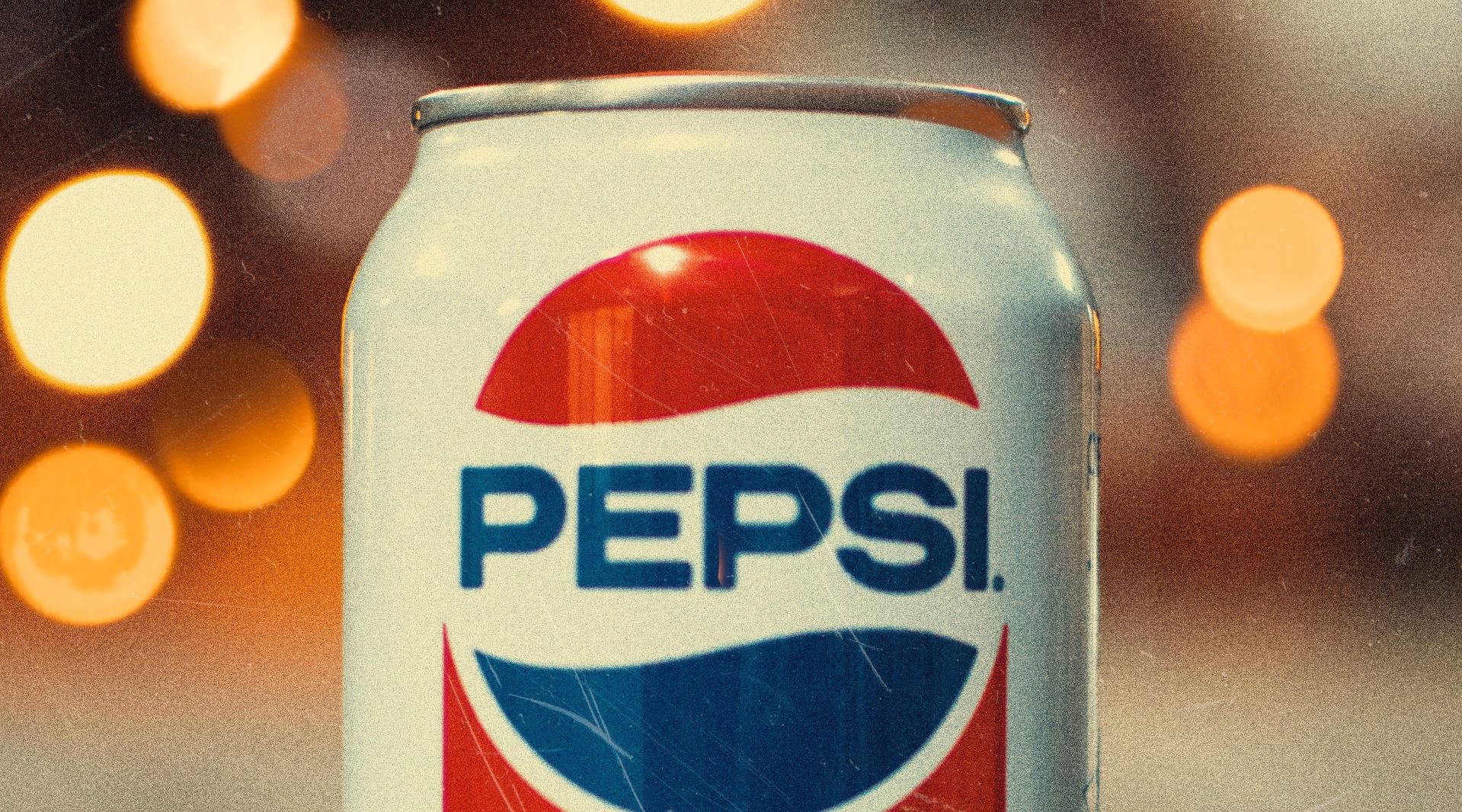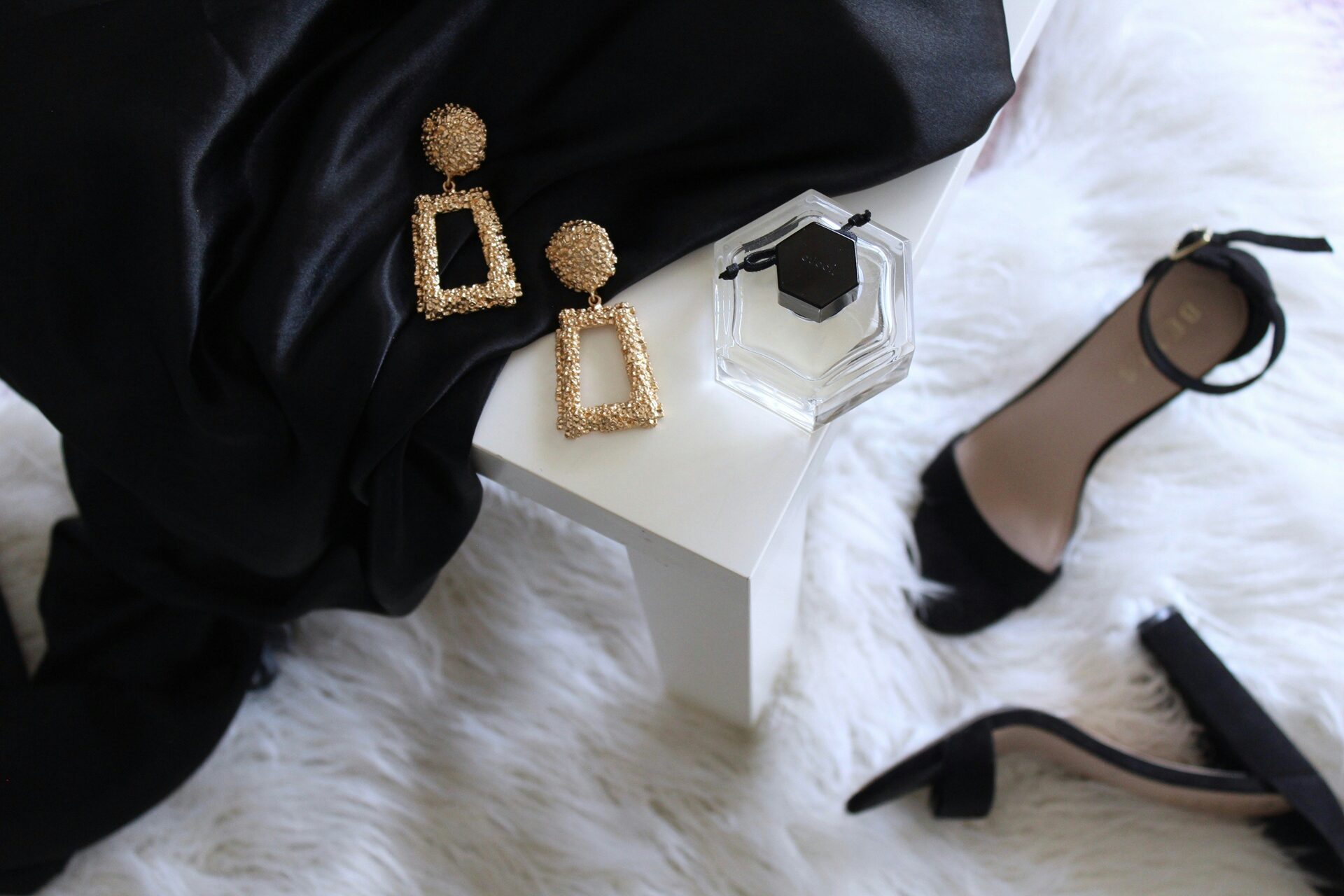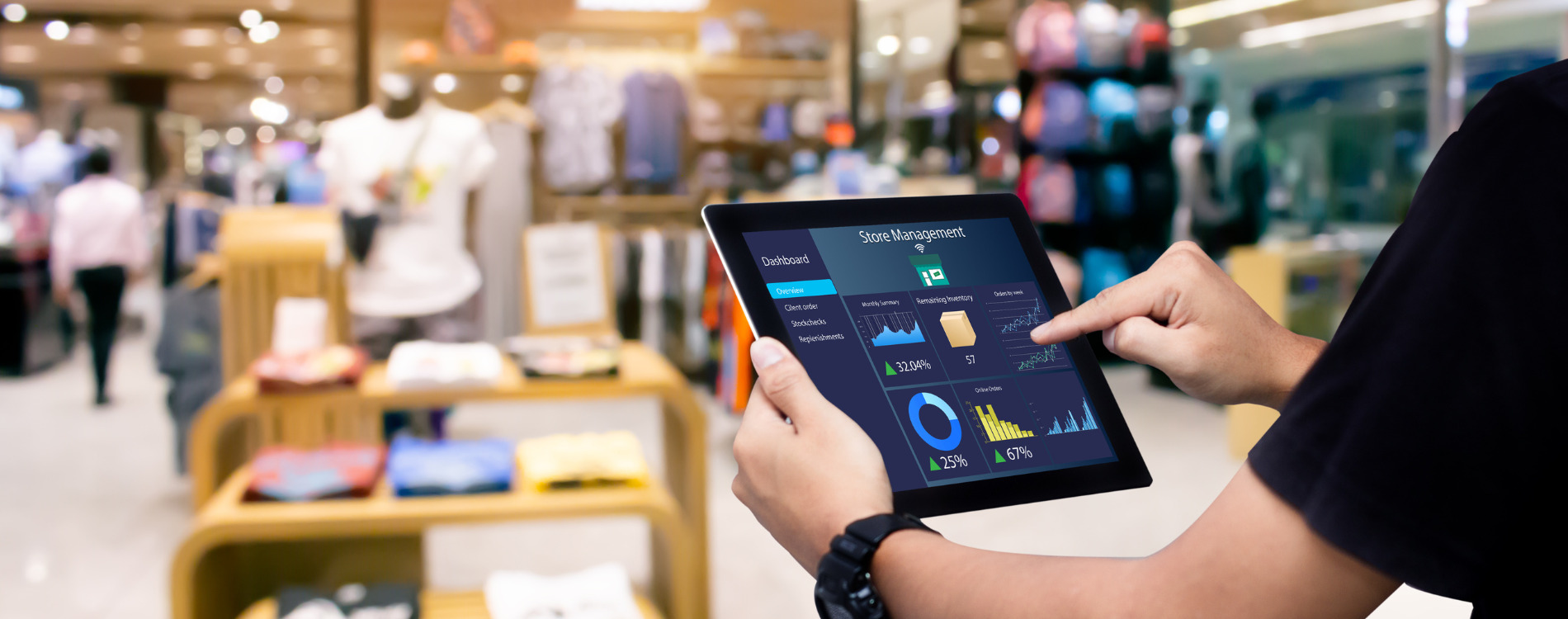
61% of Americans are likely to purchase from a brand with a branding strategy in nostalgia.
McCormick, a global leader in spices, seasonings, and flavors, has recently undergone a rebranding effort to update its visual identity and improve the customer experience. The new branding includes a redesigned logo and packaging, featuring brighter colors and a cleaner, more modern look, not to mention its bottles being 50% post-consumer recycled plastic. In addition to the rebranding, McCormick has also introduced a new cap for its products, designed to provide better control and more accessible dispensing for consumers.
Most Americans (69%) perceive brands introducing new products to meet customers’ needs positively. Three-quarters of men have a positive perception of brands that introduce new products to meet customers’ needs, compared to two-thirds of women.
Why should you rebrand?
Rebranding is a standard strategy for companies wanting to refresh their image, appeal to new customers, and adapt to changing consumer trends. While rebranding can be a powerful tool for businesses, it carries significant risks if not executed properly. The majority of Americans agree that rebranding improves brand perception when it is associated with being an advocate for a good cause; 65% of Americans agree that rebranding improves brand perception when it is related to being an advocate for mental health, with both Millennials (71%) and Gen Z (70%) showing overwhelming agreement compared to Gen X (60%) and Boomers (54%).
Similarly, people agree companies improve their brand perception when a rebrand focuses on support towards human rights (64%) and equality (62%) (Millennials: 71%, 73%; Gen Z: 68%, 62%; Gen X: 59%, 58%; Boomers: 57%, 53%).
Despite environmental sustainability being the lowest driver for brand perception improvement, 55% of Americans agree that rebranding improves brand perception when it is associated with advocating for environmental sustainability (55%). In other words, ecological sustainability is excellent when it’s part of the rebranding but not a necessity when it comes to rebranding initiatives for the majority of a brand’s consumers. This is significantly disparate generationally, with most Millennials (61%) agreeing and only 19% of Gen Z and 17% of Boomers feeling the same.
The power of nostalgia:
61% of Americans are likely to purchase from a brand with a branding strategy in nostalgia, with men showing the most interest (65%).
From re-releasing classic products to using retro designs in their marketing campaigns, brands are capitalizing on the trend of nostalgia to create a sense of familiarity and comfort for their customers. This approach has been particularly successful with millennials and Gen Z, known for their affinity for all things vintage and retro. 54% of respondents are invested in brands that bring back memories of their younger selves, with both Millennials (61%) and Gen Z (58%) showing more investment compared to Gen X (49%) and Boomers (46%).
Sunny Delight, or Sunny D as audiences commonly know it, has leveraged nostalgia to connect with its original consumers, who drank the product during its prime and launch years (the 1990s). The brand has kept up with its original consumers by being a part of the group that’s tapped into the spiked seltzer game, creating a sense of familiarity and comfort for its child-turned-adult consumer. And consumers love the idea across brands. 75% of Americans think it would be beneficial for brands to follow Sunny D’s lead and introduce new products, such as Sunny D Vodka Seltzer, to meet the needs and desires of their loyal, long-time customers, with Millennials expressing the most interest (79%).
Top 5 brands named for bringing back memories:
1. Nike
2. Pepsi
3. Capri-Sun
4. Koolaide
5. Coca Cola
Brands have increasingly turned to nostalgia to connect with consumers and evoke positive emotions across various marketing strategies. Many believe there is a lot more to come. 72% of Americans believe there will be a lot of rebranding in 2023. By tapping into the past, brands can leverage consumers’ fond memories and associations with specific eras, products, and cultural touchpoints.
Learn more about how we develop insights to ensure your brand adapts, grows, and connects more meaningfully with customers through our Brand Development and Strategy Research.




